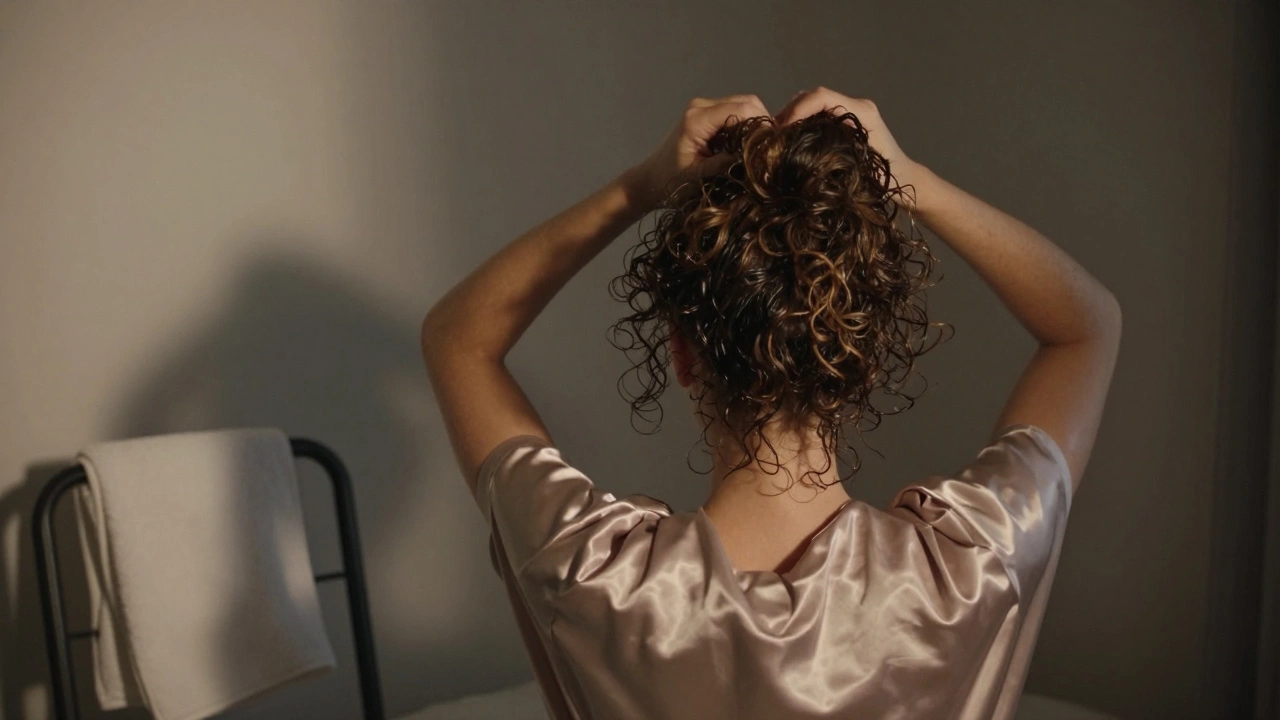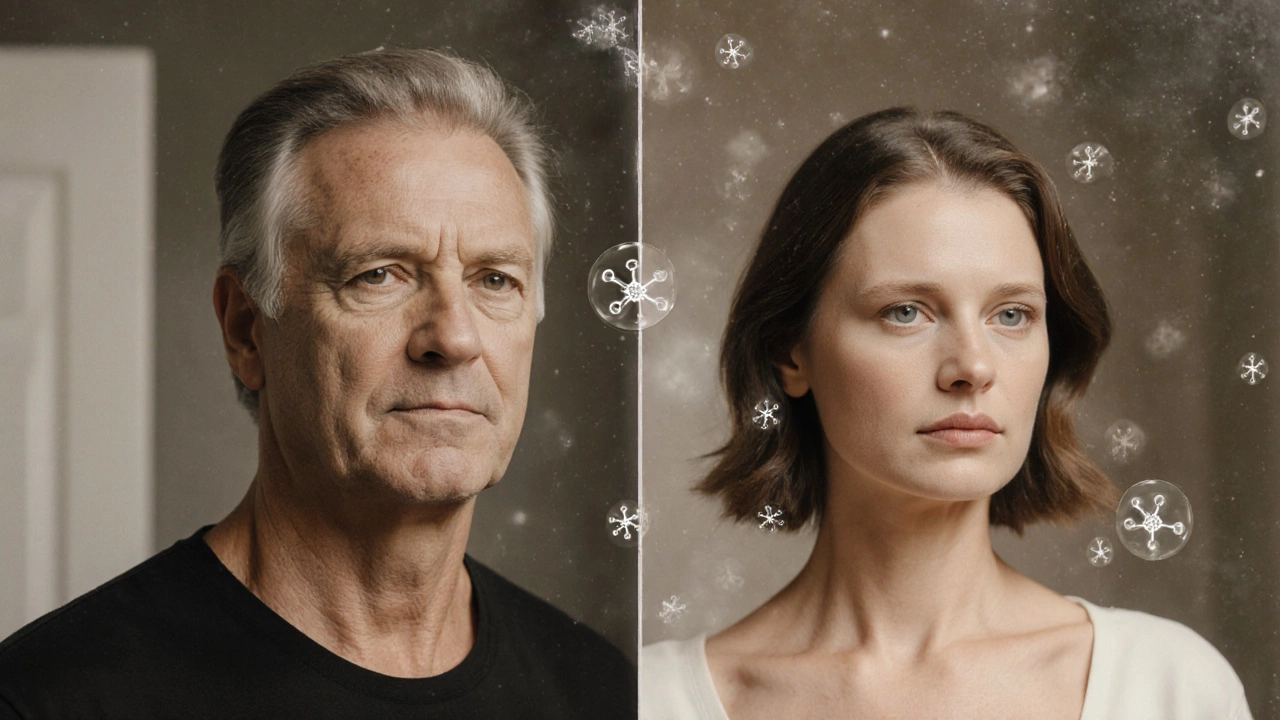Hair Health: Simple Tips for Strong, Shiny Hair
Got hair that feels dry, looks dull, or breaks easily? You’re not alone. The good news is that fixing hair health doesn’t need a fancy salon every week. Small changes at home can make a big difference, and the right products help you keep your strands happy.
First off, think of your hair like a plant. It needs water, food, and protection from the elements. Skipping any of those can leave you with brittle, lifeless locks. Below are the habits that give the biggest boost without breaking the bank.
Everyday Habits for Healthy Hair
Watch the heat. Blow‑dryers, straighteners and curling wands can dry out the cuticle. Try to keep heat below 180°C and use a heat‑protect spray. If you can, let your hair air‑dry a few times a week.
Choose the right shampoo. A gentle, sulfate‑free formula cleans without stripping natural oils. If you have a dry scalp, look for ingredients like aloe or tea tree oil. For oily roots, a lightweight clarifier works fine once a week.
Condition the ends. Conditioner should stay away from the scalp. Focus on the last three inches where damage starts. A leave‑in conditioner or a few drops of argan oil can keep split ends at bay.
Mind your diet. Hair is made of protein, so include lean meat, beans or lentils in your meals. Omega‑3 fatty acids from fish, walnuts or flaxseed help the scalp stay moisturized. A daily multivitamin with biotin can be a nice safety net.
Protect from the sun. UV rays can fade color and dry out the cuticle. If you spend a lot of time outdoors, wear a hat or spray a scalp sunscreen. It’s the same principle that protects your skin.
Products and Treatments That Actually Work
When you shop for hair care, focus on what the ingredients actually do. Look for:
- Keratin or protein boosts – They fill in weak spots and add strength.
- Humectants like glycerin – They pull moisture into the hair.
- Silicone‑free serums – They won’t build up on the scalp.
If you’re thinking about a more intensive fix, a weekly deep‑conditioning mask can revive dull hair. Apply it after shampoo, leave for 10–15 minutes, then rinse with cool water to seal the cuticle.
Hair extensions are a popular way to add length, but they can stress the roots if not applied properly. Choose clip‑ins you can remove nightly, and avoid gluing or bonding unless a professional does it. This keeps your natural hair from breaking.
Ever wondered if a haircut can make you look younger? Cutting off split ends definitely makes hair look healthier, and a fresh style can lift your face. Short hair isn’t a magic trick, but it can reduce the weight that pulls down fine strands, making them look fuller.
Finally, don’t forget the little things that add up: brushing with a wide‑tooth comb while wet, using a silk pillowcase to reduce friction, and keeping your brush clean. Even the best products can’t fix damage caused by rough handling.
Stick to these basics, and you’ll notice stronger, shinier hair in a few weeks. It’s all about consistent care, the right products, and protecting what you’ve got. Ready to give your hair the upgrade it deserves?
Is It Better to Wash Your Hair at Night or in the Morning?
Washing your hair at night or in the morning affects oil balance, frizz, and scalp health. Find out which timing suits your hair type and lifestyle for healthier, more manageable hair.
Stop Age‑Related Hair Thinning: Proven Tips & Treatments
Learn practical steps, nutrients, and treatments to prevent age‑related hair thinning and keep your hair looking fuller.
Healthiest Hair Care Products: What Really Works?
Ever wondered what actually keeps hair healthy? This article spills the truth about which products and practices boost hair health, and which ones make things worse. You'll get practical tips for choosing products, plus facts about ingredients to avoid. Find out how natural oils, gentle cleansers, and a happy scalp all play a part. No-nonsense info, straight from a fellow hair care enthusiast.


